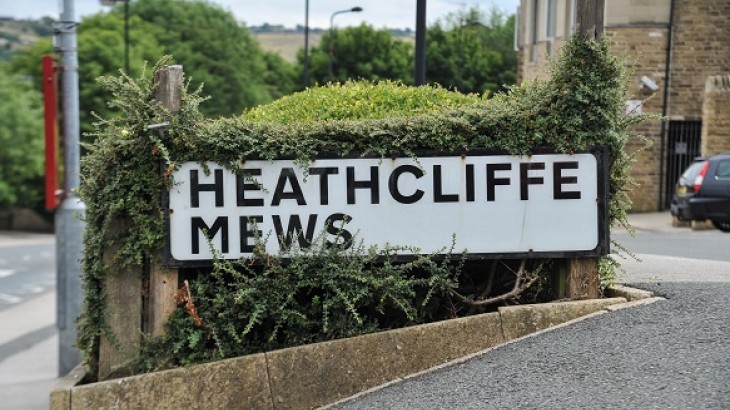A novel address

The subversive Brontë sisters did more than rouse the world with their novels and poems; they also inspired thousands of UK addresses.
As the bicentenary of Emily Brontë’s birth approaches, our latest research reveals that the sisters’ collective legacy extends to the naming of almost 8,000 British addresses. Over 600 towns and cities across our fair isle contain at least one address referencing the sisters, their lives and/or their works.
Our address management unit analysed more than 30 million addresses to investigate the full extent of the impact that Charlotte, Emily and Anne have had on our country’s psyche. Although the ‘BD’ postcode area, which includes the sisters’ birthplace and childhood home, contains the greatest number of related addresses, many smaller market towns - such as St. Albans, Bromyard and Dewsbury - contain a particularly high proportion of related addresses too.
Some 2% (5,559) of the nation’s named homes have looked to the famous sisters for inspiration; with houses ranging from ‘Linton’ in Aberdeenshire, to ‘Eyre Place’ in Merseyside.
Some other fascinating facts unearthed by the research include:
- Over 700 British streets and houses directly use the Brontë family name, including ‘Brontë Gardens’ in Exeter and ‘Charlotte Brontë Drive’ in Droitwich
- The eternal love rivalry between Edgar Linton and Heathcliff prevails in the nation’s addresses, as the two are the most popular characters from the sisters’ novels to feature in British addresses
- Jane Eyre is a similarly popular figure, with over 200 ‘Eyre’ Roads, Mews and Streets spanning the country
- Some of the sisters’ less well-known works, including ‘Agnes Grey’ and ‘Villette’, have served as inspiration for house names. Ten ‘Villette’ houses span the nation, along with the ‘Agnes Grey House’ estate in Scarborough, Yorkshire.
Steve Rooney, head of our address management unit said: ‘Street, house and building names chiefly reflect our nation’s heritage and primary interests. As a country with such a proud literary heritage, it’s wonderful to see the full extent that the Brontë sisters and their genius has had on the British psyche.
‘Interestingly, many smaller towns based in rural areas often specifically look to novelists from the last two to 300 years for street naming inspiration, which is why there are so many smaller market towns named as “Brontë hotspots.”’
Rebecca Yorke, head of communications and marketing at the Brontë Society said: ‘The Brontës have inspired readers for over 150 years, so it’s not surprising that they have also inspired the naming of buildings and streets across the UK. Charlotte, Emily and Anne were all avid letter-writers and it’s very fitting that their names, as well as those of the characters they created, appear on correspondence to this day.’
We are also marking the bicentenary of Emily Brontë’s birth with a special postmark. The postmark is now appearing on mailed items around the UK.



